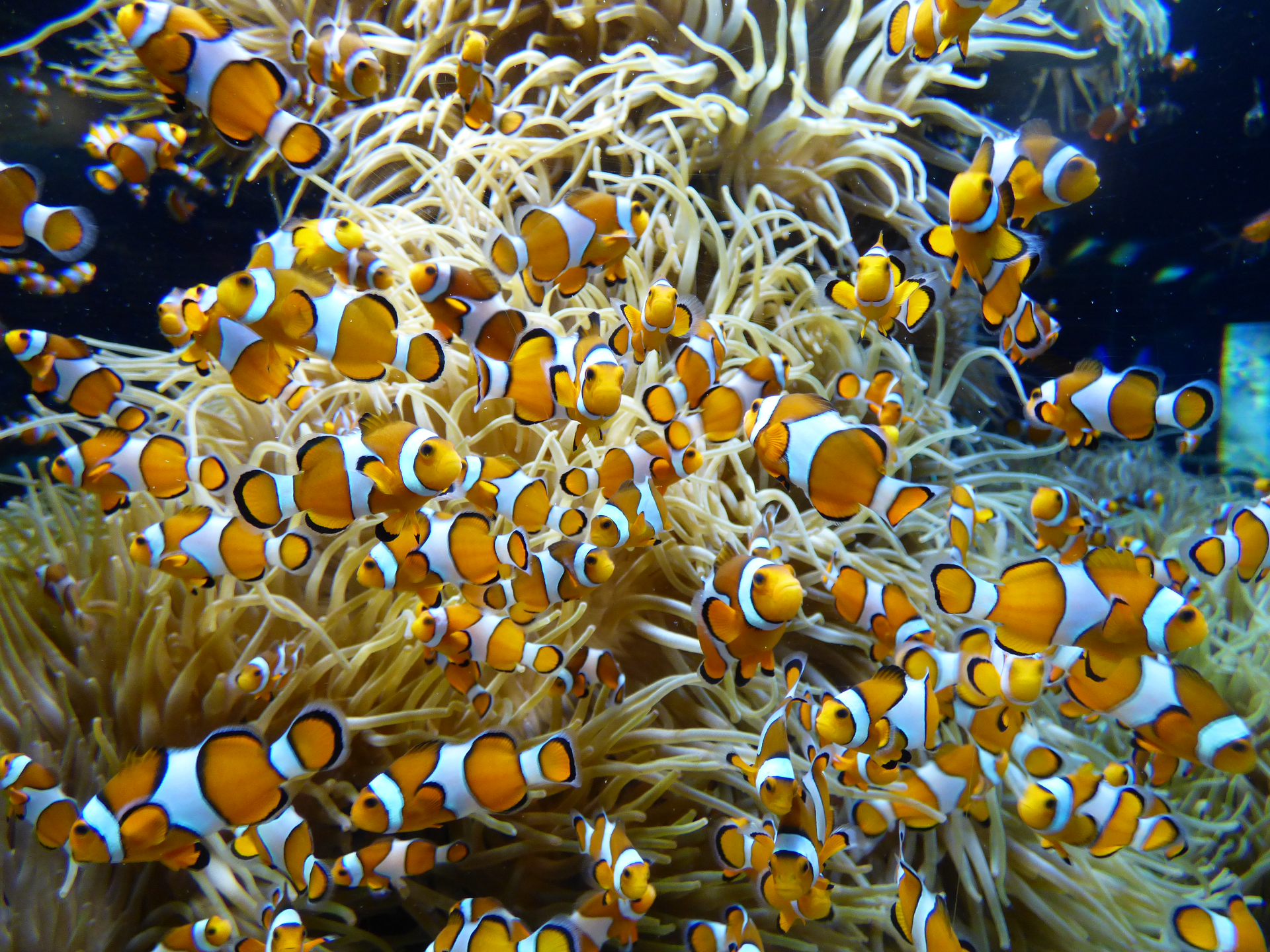Publication Abstract
- Title
-
The North American fathead minnow Pimephales promelas in Europe: potential invader or a benign non-native fish?
- Publication Abstract
-
Fish introductions can result in their establishment in the wild, with invasion risk assessments identifying those non-native species with a high probability of developing invasive populations. The North American fathead minnow Pimephales promelas was imported to Europe for many years for both ornamental and scientific (toxicology research) purposes. In North America, it has been introduced widely into areas outside of its natural range, with it expressing considerable plasticity in life-history traits when establishing new populations. In Europe, established populations are present in the wild but remain limited in number, with the paucity of life history data on these European populations resulting in their risk assessments being based on minimal data and having low confidence. The aim here was to overcome these data deficiencies by analysing the life history traits and morphologies of four European P. promelas non-native populations (England: 2; Netherlands and Belgium: 1), with risk assessment then completed based on these data. All populations comprised of small-bodied individuals (< 80 mm), with individuals present of up to age 4 years. Maturity was from age 1. Female reproductive effort (gonado-somatic index) was up to 19% and absolute fecundity up to 843 eggs/female, although as a male nest guarding and batch spawning species, it remains unclear as to how many eggs are laid per reproductive season. Application of the Aquatic Species Invasiveness Screening Kit indicated scores around the high-risk category, suggesting that if allowed to spread and establish further then the species could become highly invasive in Europe.
- Publication Authors
-
Gordon Copp*, Michael Godard*, Hugo Verreycken, Phil Davison*, Vladimir Kováč, Andy Danylchuk, Frank Spikmans, Robert Britton
- Publication Reference
-
Journal of Fish Biology
- Publication Internet Address of the Data
- Publication Date
- Publication DOI: https://doi.org/
- Publication Citation


